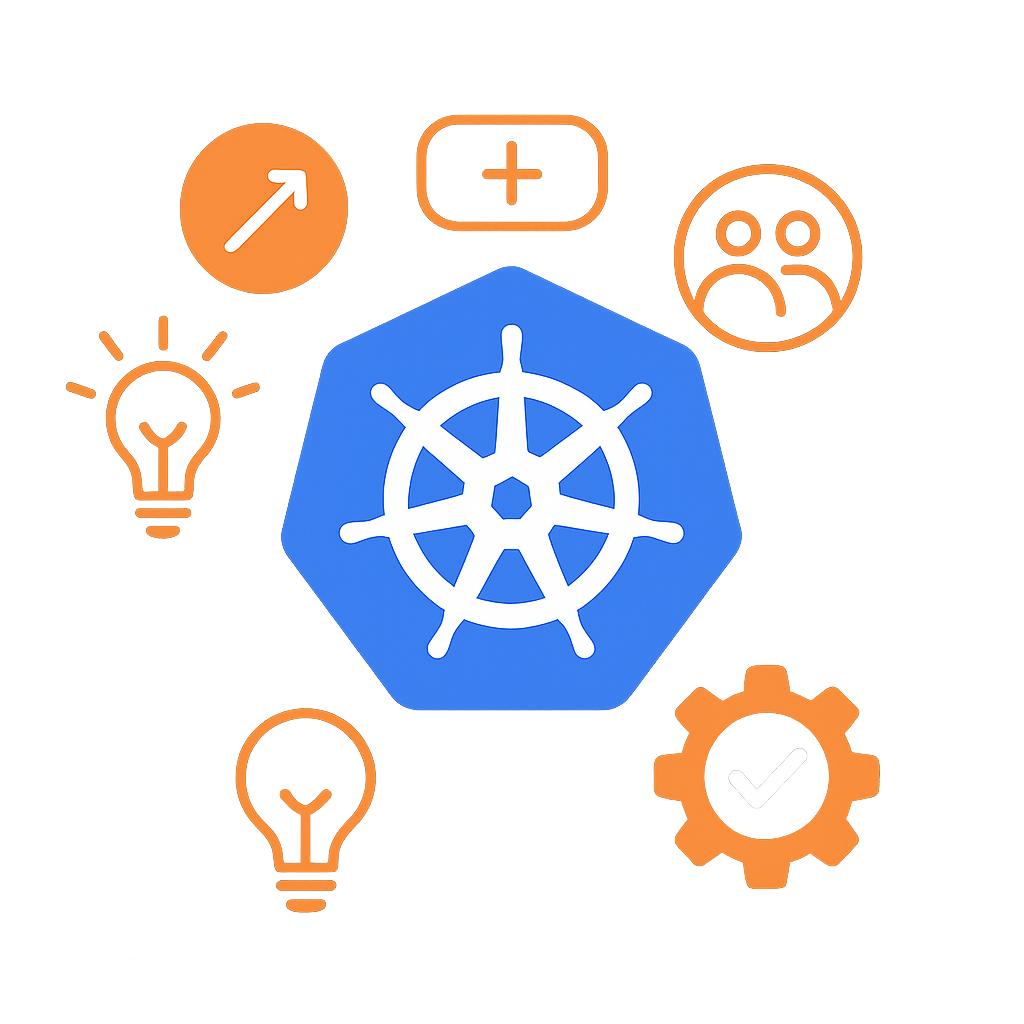Kubernetes 1.34 is a significant release that brings a wide range of new features, stability improvements, and adjustments directly impacting DevOps teams. With around 59 enhancements—including dozens graduating to stable and several new alpha features—this release targets real-world pain points across orchestration, networking, authentication, and day-to-day workflow automation.
Container restart rules, streamlined artifact management with OCI image volumes, and a refactored approach to admission policies simplify previously complex tasks. Updates like relaxed DNS validation, better StatefulSet updates, and secure, granular authentication controls make managing clusters safer and less tedious.
The addition of features such as KYAML output, improved job and pod lifecycle controls, and dynamic hardware resource allocation reflects how Kubernetes is maturing to handle both legacy enterprise needs and cutting-edge, cloud-native operations. Anyone responsible for deploying or operating Kubernetes at scale will need to rethink some best practices and stay current on these changes to fully leverage what 1.34 offers.
Major Features and Enhancements
Kubernetes 1.34 introduces granular control and significant ease-of-use through several critical enhancements.
Mutating Admission Policies powered by CEL enable teams to declaratively define mutation logic within the API server. This eliminates external webhook complexity and reduces operational drag.
The addition of direct OCI image volume mounts empowers artifact management and delivery. Teams can now distribute binaries, configs, and ML models through standard OCI registries without altering main application images.
StatefulSet RollingUpdate gains a maxUnavailable option, unlocking parallel pod updates for faster and less disruptive rollouts in stateful systems.
Benefits of these updates include:
- Simpler mutation logic
- Faster StatefulSet rollouts
- Improved artifact management
KYAML support in kubectl introduces a strict YAML dialect, designed to catch subtle configuration errors before they hit production.
Relaxed DNS search string validation acknowledges common real-world patterns and eases migration for legacy workloads that require non-standard search paths.
Updates around environment variables and preStop hooks let existing apps run with broader compatibility and fewer workarounds.
These changes are directly useful for anyone maintaining production clusters, automating deployments, or managing legacy-to-cloud native migrations.
Impact on DevOps Workflows
Kubernetes 1.34 brings notable workflow adjustments for operational teams. Mutating Admission Policies now allow declarative resource modification at the API level with CEL, removing the need for external mutating webhooks and simplifying both policy lifecycle management and debugging.
Direct OCI image volumes cut artifact distribution overhead. This lets DevOps teams supply configuration, data, or models efficiently without rebuilding base images.
MaxUnavailable support in StatefulSets speeds rolling updates. As a result, scheduling lag is reduced and SLO adherence is improved for applications needing high availability.
The introduction of KYAML output via kubectl helps reduce deployment errors from ambiguous or malformed YAML. This also improves auditability and templating in CI/CD pipelines.
- More relaxed DNS and environment variable checks eliminate common blockers for onboarding legacy workloads.
- This reduces manual intervention and the need for custom admission logic.
Secure endpoint-specific anonymous authentication, as well as new field- and label selector-aware RBAC decisions, provides tighter security controls for API access.
All together, these changes improve deployment safety, pipeline efficiency, and day-to-day operability for teams running Kubernetes at any scale.
Best Practices for Adopting Kubernetes 1.34
DevOps teams should begin adoption by enabling new features incrementally, starting in test environments to validate compatibility with production workloads.
For mutating admission policies, migrate existing webhook-based mutations to CEL policies and monitor audit logs for consistent behavior.
When leveraging direct OCI image volumes, update artifact delivery pipelines to utilize OCI registries, ensuring credentials and access controls are properly configured.
Review StatefulSet deployments and determine safe values for maxUnavailable based on application tolerance to disruption.
Then, gradually transition upgrades to use the new rolling update strategy.
- Use KYAML in development and CI to enforce stricter configuration validation.
- This helps in catching errors early before rollout.
Relax validation gates for DNS and environment variable features selectively, focusing on legacy or cross-platform workloads that require these adjustments.
Update RBAC and admission controls in line with the new granular authentication features, restricting anonymous access only to essential endpoints.
Track upstream release notes and participate in early feedback cycles if adopting alpha-level enhancements.
Conclusion
With Kubernetes 1.34, platform engineers and operations teams face new opportunities to streamline how they build, secure, and operate clusters. The ability to mount OCI images as volumes brings artifact delivery closer to the container runtime.
CEL-driven mutating admission policies reduce the need for boilerplate webhook management, tightening security and making policy changes less of a production risk. The rollout improvements for StatefulSets and finer-grained job controls help teams optimize update strategies for stateful apps and resource-constrained jobs.
KYAML’s focus on strict YAML interpretation will reduce production issues caused by syntax edge cases, while the loosening of DNS and environment validation unblocks enterprise migrations. Better API endpoint controls and selector-aware RBAC provide fine-grained access tailoring, strengthening security postures.
Combined, these changes signal Kubernetes’ ongoing move toward smoother, safer automation at both the infrastructure and application layer. Staying hands-on with these features, validating integrations, and gradually introducing changes will help teams realize the release’s full potential.

